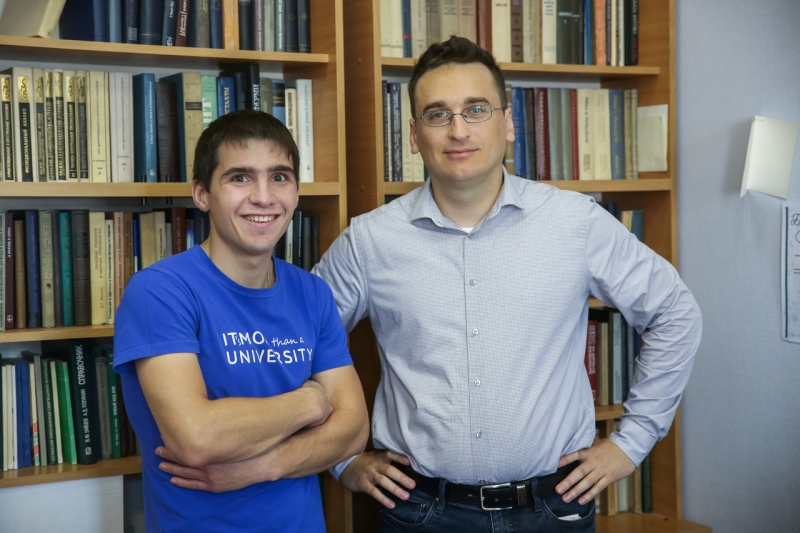ITMO University scientist Alexey Slobozhanyuk has been proclaimed the winner of the Jagadishwar Mahanty Prize. Established by the Australian National University (ANU), this annual award is given to the researcher with the best PhD thesis defended in the School of Physics and Engineering of this university. As part of his studies on the joint ITMO University-ANU PhD program, the young scientist researched metamaterials and application of their unique properties in the development of innovative devices of the future, such as highly effective MRI coils and next-generation optical electronic systems. It is this work that was recognized by the prestigious 2018 Prize. In this interview with ITMO.NEWS, Alexey expounds on the prospects for his research field and his experience of doing fundamental and applied research at the same time.

Founded in 1999, Jagadishwar Mahanty Prize is a prestigious award proffered to young scientists from all over the world for the outstanding thesis research they have accomplished when studying on a PhD at the Australian National University’s Research School of Physics and Engineering.
The candidates are selected by a special committee headed by the School’s Director. Keeping to the tradition, the award ceremony takes place on the Day of the School. According to the rules of the prize, the award can be given to several authors of equal merit at the same time, or not be awarded at all should there be no theses that managed to win the committee over. There was a clear winner this year, though: Alexey Slobozhanyuk, a research associate at ITMO University’s School of Physics and Engineering.
Topological photonics and next-generation devices: how to unite fundamental science and applied tasks
Over the course of three years, the young scientists studied at a joint ITMO University-ANU PhD program, which resulted in him getting two, Russian and international, PhD degrees. Alexey wrote his thesis, which was dedicated to metamaterials (synthetically-made new materials with unique properties) and their applications, following his extensive research work at ITMO’s International Research Center for Nanophotonics and Metamaterials, the Australian National University, and in the US at the City University of New York, where he was guided by Pavel Belov, Yuri Kivshar, and Alexander Khanikaev respectively.

“My thesis consists of two parts: the first one explored the research of new physical effects on the basis of metamaterials, while the second looked into using metamaterials for creating next-generation devices, making my work a combination of both fundamental and applied physics,” says Alexey Slobozhanyuk.
Fundamental research
In the field of fundamental research, the scientist works on topological photonics. This is a new but dynamically developing scientific area concerned with developing structures analogous to topological insulators in solid state, explains Alexey Slobozhanyuk.
What makes topological insulators so good in general? The protected state that exists at the surface of this insulating structure makes for a perfect environment to transmit electric current, shielding the electrons from external disturbances and potential defects of the material. This allows for a stable and homogenous flow of the electric current. The significance of solid-state topological insulators was recognized by the 2016 Nobel Prize in Physics, awarded to British physicists David Thouless, Duncan Haldane, and Michael Kosterlitz for their theoretical discoveries of topological phase transitions and topological phases of matter.
Read full interview via ITMO.NEWS
Elena Menshikova
Journalist
Anastasia Krasilnikova
Translator
